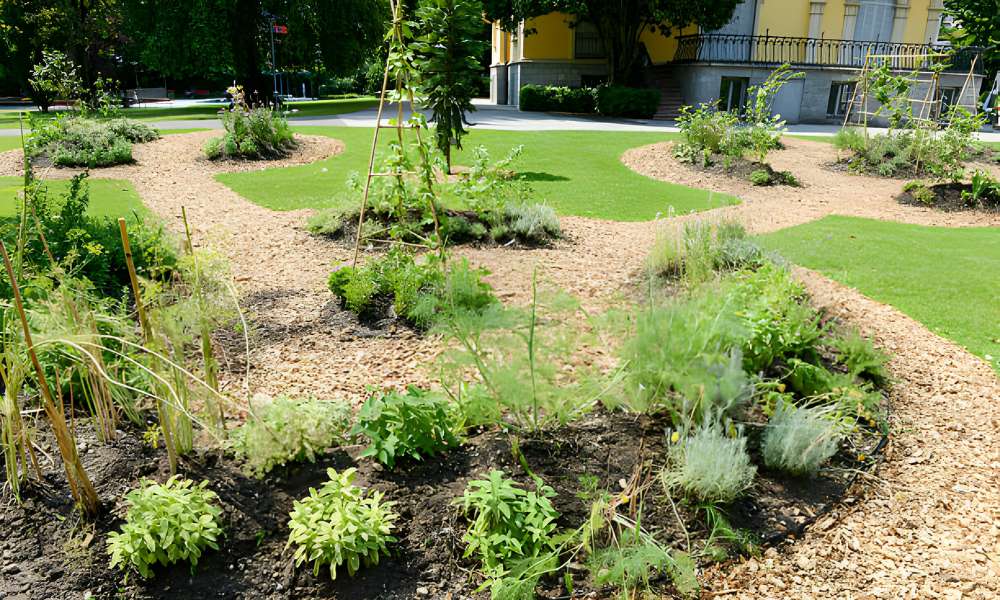Exploring lawn ideas without grass can revolutionize your outdoor space, offering an eco-friendly and low-maintenance alternative that still brims with aesthetic appeal. By opting for a lawn without grass, homeowners can enjoy a myriad of benefits including reduced water usage, diminished need for chemical treatments, and less time spent on mowing and upkeep. Important considerations include choosing the right materials and plants that complement your space and climate, ensuring your lawn remains vibrant and functional year-round. This approach not only supports biodiversity but also opens up creative avenues to design a unique, inviting outdoor area. Whether for environmental reasons, ease of maintenance, or simply to stand out, transforming your lawn with grass-free ideas is a practical and visually stunning choice.
What Are Some Low-Maintenance Alternatives To Grass For My Lawn?
There are several low-maintenance alternatives to traditional grass that can enhance the aesthetic appeal of your lawn while requiring less upkeep. One popular option is ground cover plants such as clover, thyme, or sedum, which are drought-resistant and require minimal mowing. These plants also attract pollinators and add texture to your lawn.
Are There Eco-Friendly Options For Creating A Grass-Free Lawn?
Yes, there are several eco-friendly options available for creating a grass-free lawn. One popular alternative is replacing traditional grass with artificial turf, which requires no water, pesticides, or fertilizers to maintain. Artificial turf is durable and can withstand heavy foot traffic, making it a low-maintenance and environmentally friendly choice for a lawn.
Can I Create A Beautiful Lawn Without Using Grass?
Yes, it is possible to create a beautiful lawn without using traditional grass. There are many alternative ground covers and plants that can be used to achieve a lush and visually appealing landscape. Some popular options include clover, moss, creeping thyme, and various types of ground cover plants like sedum or vinca.
Types Of Grass-Free Lawns
1. Ground Cover Plants
Ground cover plants offer an enchanting alternative to traditional grass lawns, thriving with minimal upkeep and creating a lush, vibrant tapestry underfoot. These versatile plants come in varieties suited to every climate and soil type, ensuring that homeowners can find the perfect match for their garden’s conditions. From the sun-loving Creeping Thyme to the shade-tolerant Sweet Woodruff, ground covers provide a dense, weed-resistant mat that requires far less water than conventional lawns. Furthermore, they add a burst of color and texture to your garden, enhancing biodiversity by attracting a host of pollinators.
2. Mulch And Gravel Designs
Mulch and gravel designs redefine what it means to have a beautiful outdoor space, blending functionality with aesthetic appeal. This approach to a lawn without grass is not only cost-effective but also offers superior drainage and virtually eliminates the need for regular watering or mowing. By incorporating different colors and sizes of gravel or using organic mulches, you can create intricate patterns and designs that highlight garden beds, paths, and other landscape features. These materials also suppress weed growth and improve soil health by retaining moisture and regulating temperature.
3. Paving Stones And Hardscape
Paving stones and hardscaping elements introduce a sleek, modern dimension to the concept of a lawn without grass. Whether you opt for natural stone, brick, or concrete pavers, these materials offer endless versatility in design, allowing for the creation of elegant patios, walkways, and outdoor living areas. Hardscaping encourages outdoor activities and entertainment, providing a durable, low-maintenance surface that withstands the elements. Incorporating greenery through container gardening or adjacent planted areas ensures that your outdoor space remains inviting and vibrant, bridging the gap between functionality and natural beauty.
Growing Trees In Containers
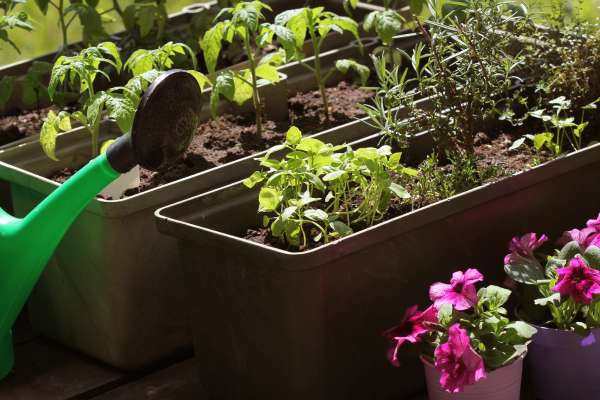
Incorporating trees into your lawn without grass by growing them in containers is a versatile and impactful method to add greenery and shade. This technique allows for mobility and flexibility in design, enabling homeowners to adjust their outdoor layout as seasons or preferences change. Container-grown trees can also help in soil and water conservation, as they require less water than their in-ground counterparts and eliminate the need for lawn irrigation systems. By selecting drought-resistant species, you can further minimize water usage and ensure a lush, green ambiance in your outdoor sanctuary.
Creating A Tranquil Zen Garden Space
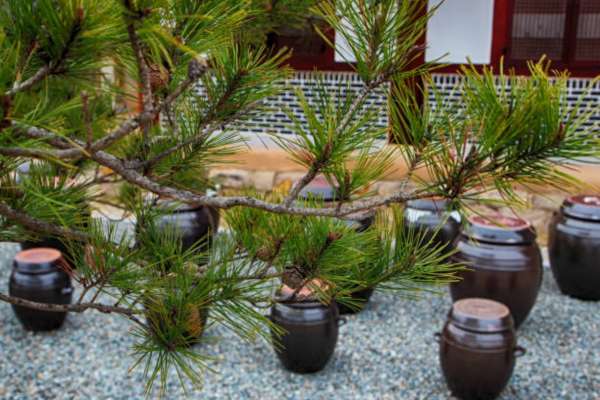
Creating a tranquil Zen garden space is all about simplicity and serenity. One way to achieve this is by incorporating low maintenance lawn ideas, such as using native plants that require minimal watering and upkeep. By choosing plants that thrive in your local climate, you can create a peaceful oasis that is both eco-friendly and easy to care for.
Utilizing Hardscape For Outdoor Living Areas
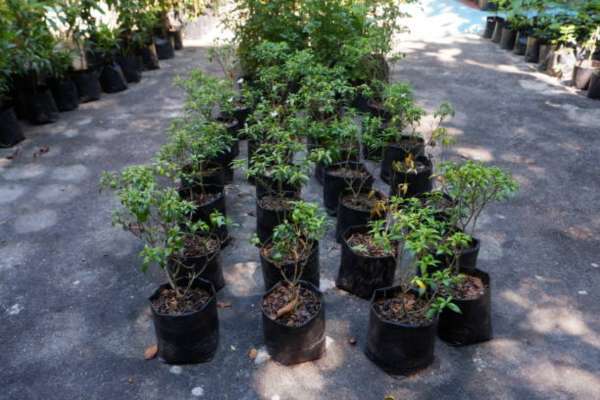
Hardscaping is a cornerstone of lawn ideas without grass, transforming your outdoor area into a functional living space with minimal environmental impact. Materials such as stone, pavers, and recycled composites can be used to create patios, walkways, and seating areas that require no water, reducing your ecological footprint. These durable surfaces provide a perfect setting for entertaining, relaxing, and enjoying the beauty of your garden without the maintenance demands of a traditional grass lawn. Incorporating permeable hardscaping materials also aids in rainwater management, reducing runoff and promoting groundwater recharge.
Design Options For Raised Beds
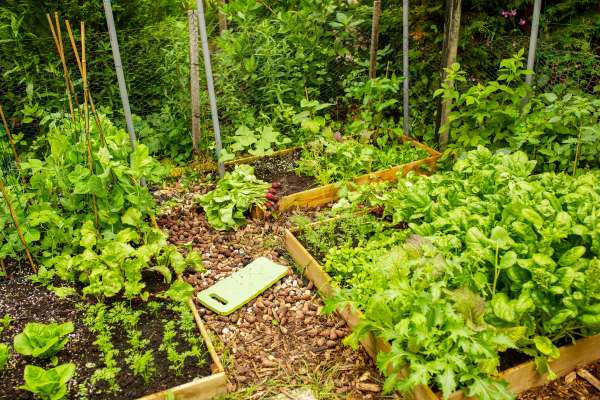
Raised beds offer a dynamic and aesthetically pleasing alternative for lawns without grass, allowing for the cultivation of flowers, shrubs, and even edible plants. This method enhances drainage, improves soil quality, and facilitates easier plant maintenance, contributing to a healthier and more vibrant garden. Raised beds can be designed in various shapes and sizes to fit any space, providing a structured yet naturalistic element that enriches the overall appearance of your outdoor area. By employing sustainable materials such as untreated wood or recycled plastic for construction, you further reinforce your commitment to environmental stewardship.
Decrease In Chemical Usage
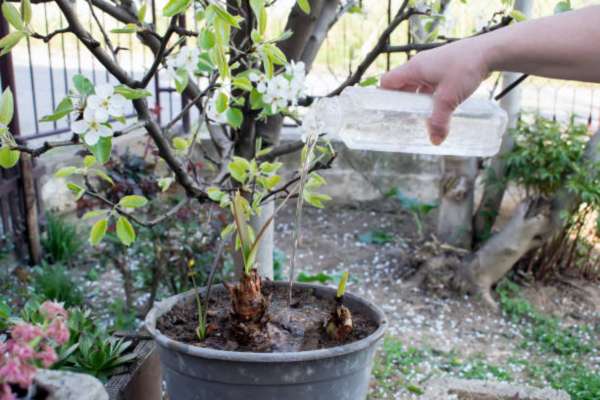
One of the most compelling reasons to consider lawn ideas without grass is the significant reduction in chemical usage. Traditional grass lawns often require fertilizers, pesticides, and herbicides to maintain their appearance, which can harm local wildlife and pollute waterways. By opting for alternatives like container gardening, hardscaping, and raised beds, homeowners can drastically cut down on the use of these harmful substances. This not only benefits the environment but also creates a safer space for families and pets to enjoy.
Reduction Of Water Usage
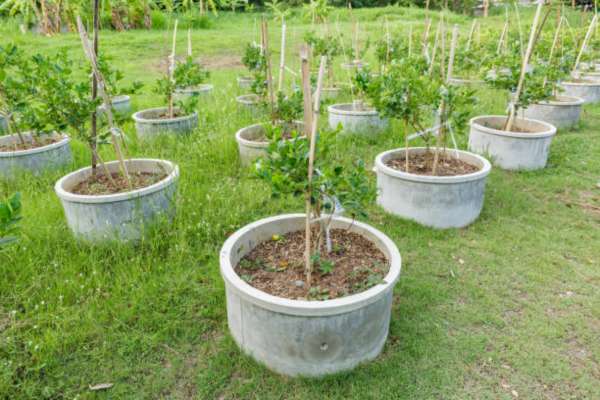
A grass-free lawn contributes significantly to water conservation, an increasingly critical concern in many regions. Alternatives like drought-tolerant plants, mulching, and efficient irrigation systems for targeted watering can reduce outdoor water use by up to 50% compared to traditional lawns. This approach not only saves on water bills but also supports global efforts to conserve freshwater resources, making it an essential consideration for environmentally conscious homeowners.
The Final Thought
There are numerous creative and sustainable alternatives to traditional grass lawns that can make your outdoor space both beautiful and eco-friendly. Whether you opt for a lush garden filled with native plants, a charming rock garden, or a practical vegetable patch, there are endless possibilities to explore. By choosing non-grass options, you can reduce water consumption, decrease maintenance costs, and promote biodiversity in your yard. Embracing these lawn ideas without grass not only benefits the environment but also enhances the aesthetic appeal of your property. Consider making the switch today and transform your outdoor space into a vibrant and sustainable oasis.
